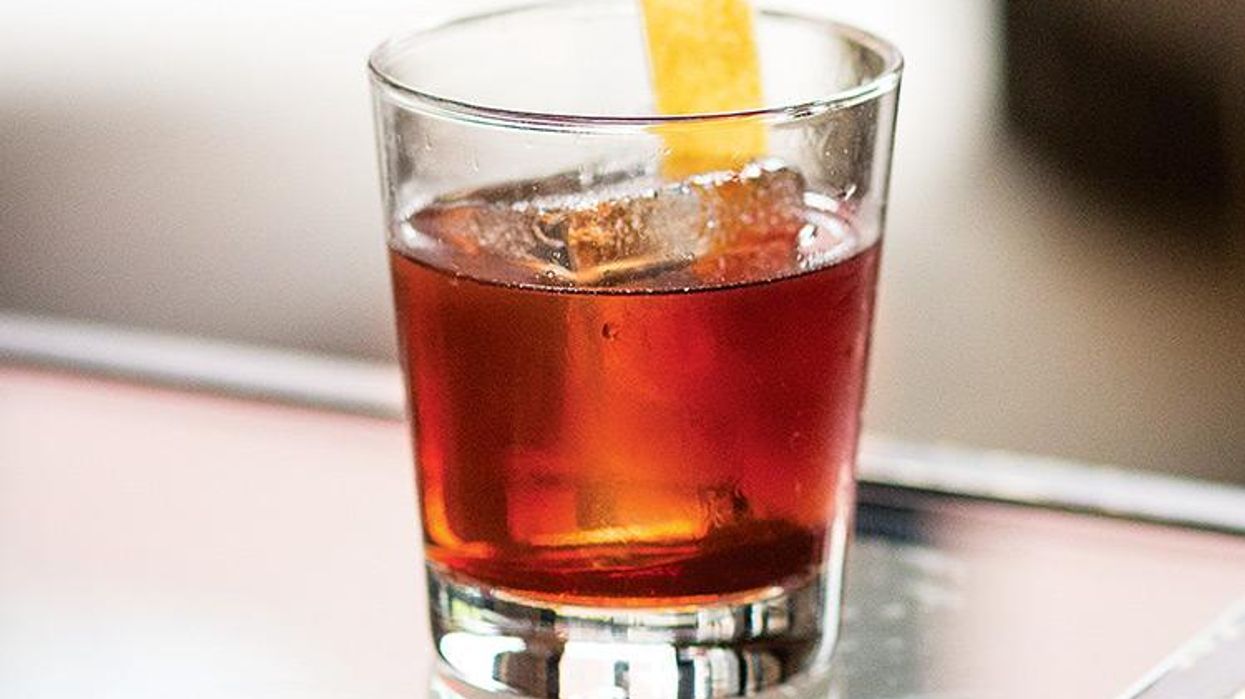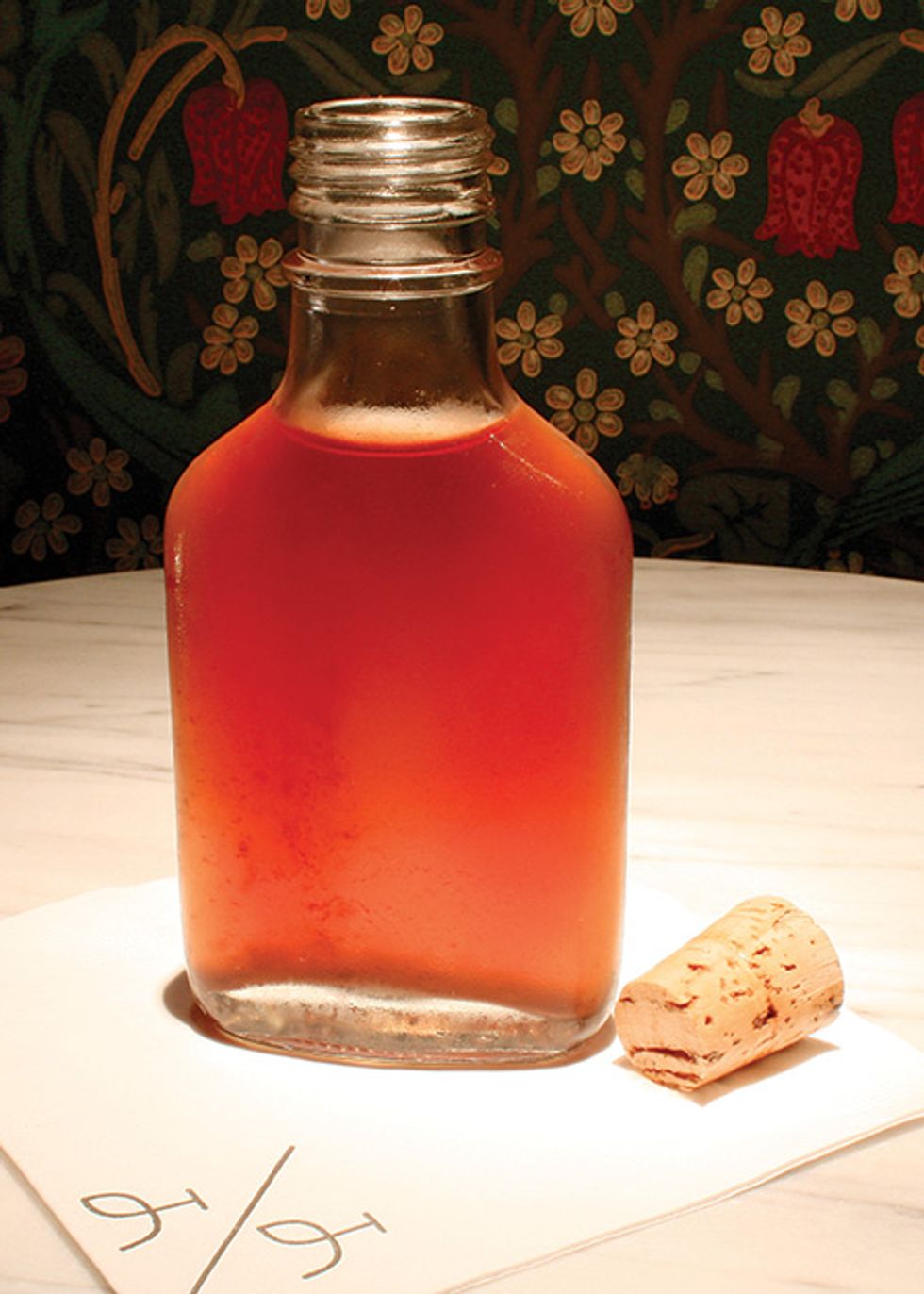Non-topics
Port: the Modern Bartender's New Best Friend

“Port’s at a place now where they are ready to utilize it to make delicious, fun things that people might not have tried.”
August 09 2017 6:06 AM EST
By continuing to use our site, you agree to our Privacy Policy and Terms of Use.

“Port’s at a place now where they are ready to utilize it to make delicious, fun things that people might not have tried.”
The latest ingredient exciting bartenders isn’t exactly fresh. In fact, it’s been showing up in cocktails since...well, before there was a word for cocktails. The earliest recorded use of “cocktail” is from 1803, while the port sangaree goes back to at least 1774. That’s right—port, the fortified wine you probably lump together with boozy after-dinner sippers like brandy and cognac, has been livening up mixed drinks for more than 200 years.
“Bartenders are asking, ‘How do I take ingredients that are historical but not getting as much play and use those as a platform?’ ” says cocktail expert and bartender educator Andy Seymour. “Port’s at a place now where they are ready to utilize it to make delicious, fun things that people might not have tried.”
From the rocky hills of the Douro valley in the north of Portugal, the world’s oldest protected wine region, port is still made according to traditions that date back centuries. Grapes are stomped by foot à la I Love Lucy, and most producers have been owned by generations of the same family.
There are four styles of port, each with a distinct flavor profile that lends itself to a different kind of cocktail. White port is crisp and aromatic, similar to dry vermouth in its lightness but with a hint of fruit. It’s excellent in a white port and tonic, the national drink of Portugal—and one of the simplest things to stir up on a lazy summer afternoon. Just pour equal parts white port and tonic water over ice, and garnish it with a lemon wedge. For added spark, throw in some mint leaves, as Naren Young does at New York’s Dante.
Pink port is a new invention designed to tempt rosé lovers; it’s sweeter than white port but similarly light in body. Splash some into dry champagne for the world’s easiest brunch cocktail. Tawny, the famous port that’s aged in barrels for 20 years or more, collects the same dried-fruit-and-nut flavors as cognac, which plays well against gin or whiskey, as in the rye-based cocktail Jack the Spy. “As a cocktail component, you’re always looking for things that bring texture and depth and complexity,” says Seymour. “Tawny port has all of those.”
But our go-to may still be a favorite from back in the day: full-bodied, fruity ruby port. Now it’s tempered by other aged spirits or elevated by citrus, as in Jennifer Knot’s Sky With No Ceiling, which she serves at 312 Chicago (312Chicago.com). Hers is the ultimate invigorating spin on a timeless classic, a taste of the 18th century teleported to 2017.

Drink These Now: Two great port cocktails for the home bar
Dad’s Manhattan
Courtesy of Chaim Dauermann, The Up & Up, New York City
1.5 oz. George Dickel No. 12 Tennessee whisky
0.5 oz. Tariquet VS Armagnac
0.5 oz. Dolin dry vermouth
0.25 oz. Croft 10-year tawny port
0.25 oz. Cherry Heering
Dash of Angostura bitters
Add all the ingredients to a mixing glass and stir with ice. Strain intoa chilled coupe glass. Garnish with a Luxardo cherry if desired.
Sky With No Ceiling
Courtesy of Jennifer Knot, 312 Chicago, Chicago
1 oz. H by Hine VSOP cognac
1 oz. Montenegro amaro
1 oz. lemon juice
1 oz. simple syrup
1 oz. Taylor Fladgate 2011 LBV port
1 egg white
Dry shake all the ingredients except the port. Add ice to the shaker and shake again vigorously. Strain into a coupe glass and float the port over top. Pour over the back of a bar spoon to ensure it doesn’t sink to the bottom of the glass.